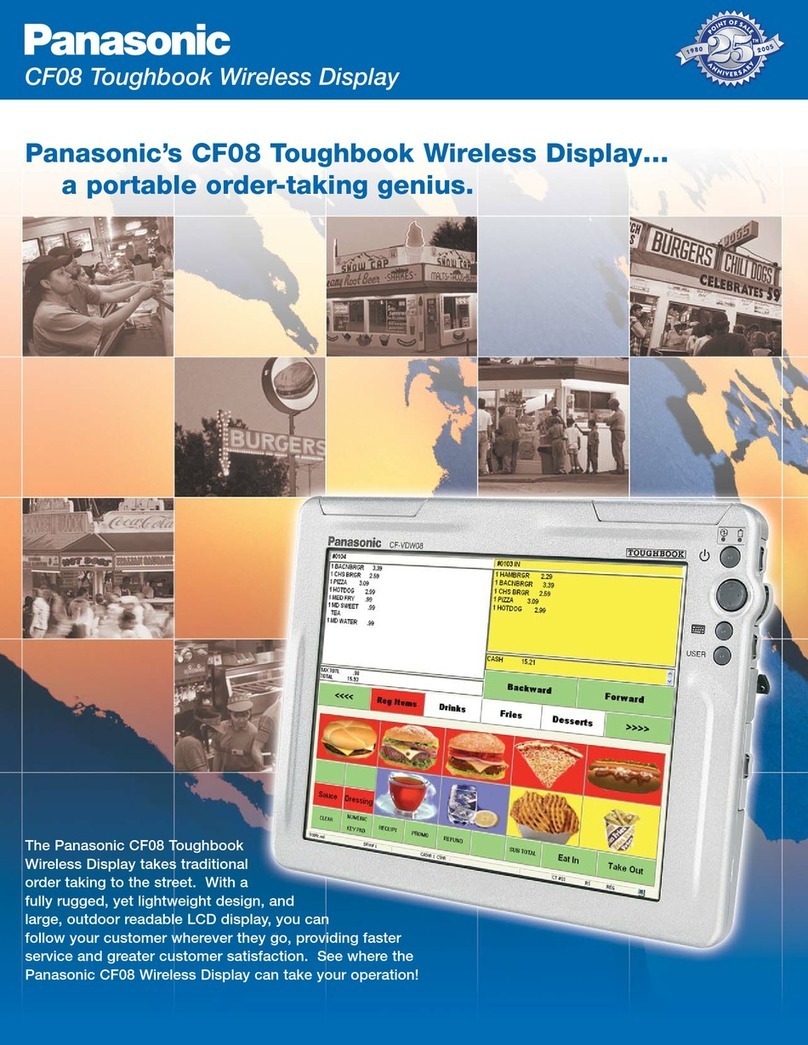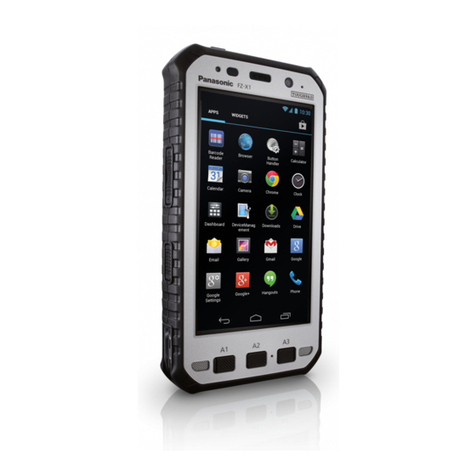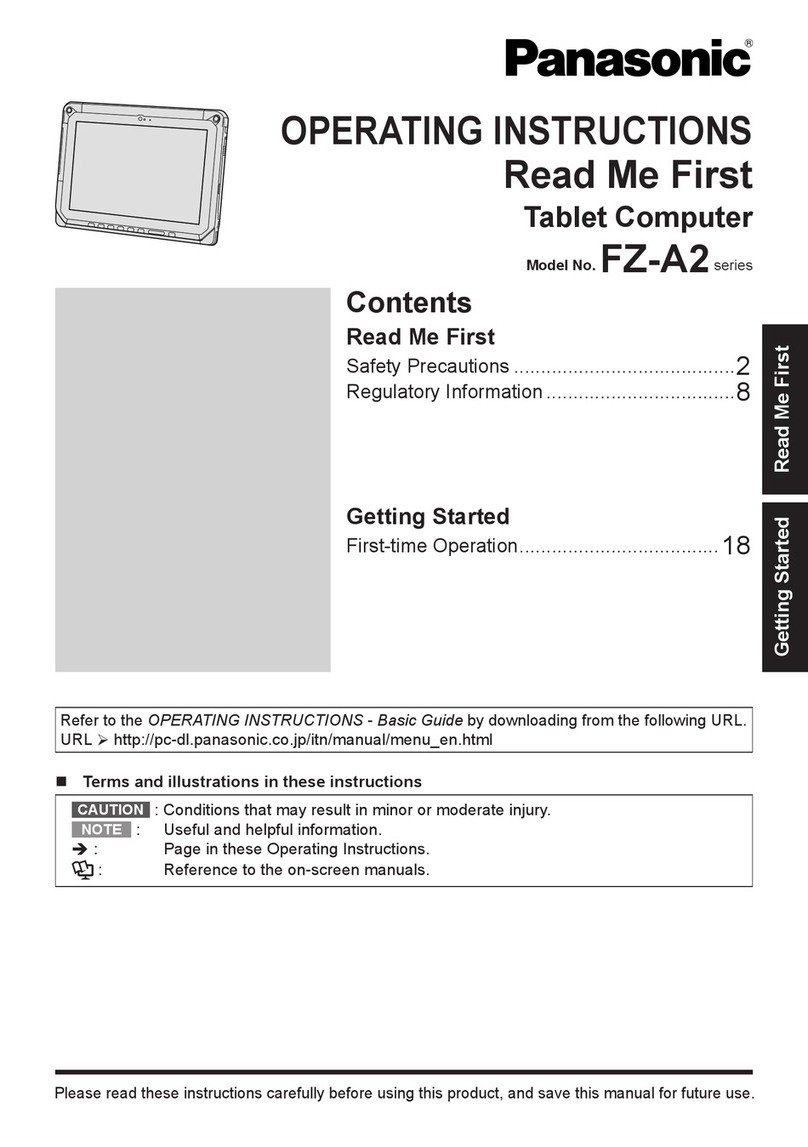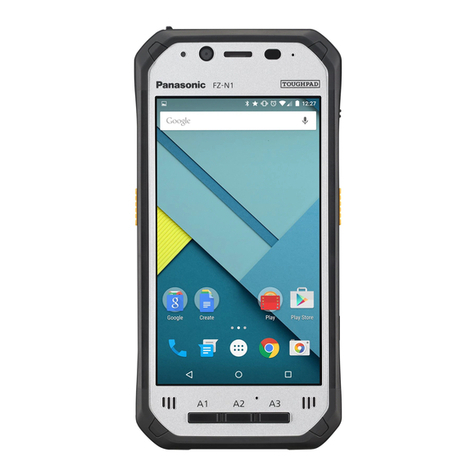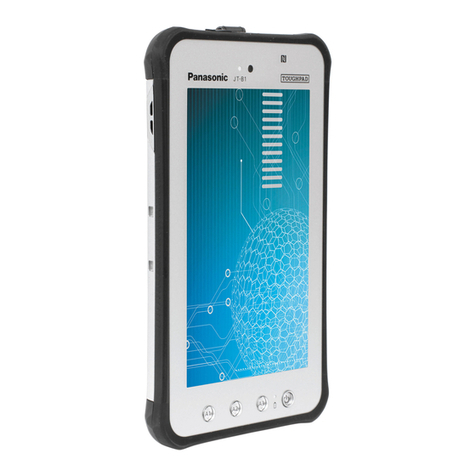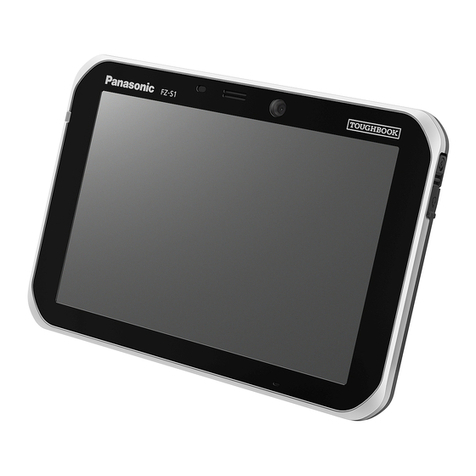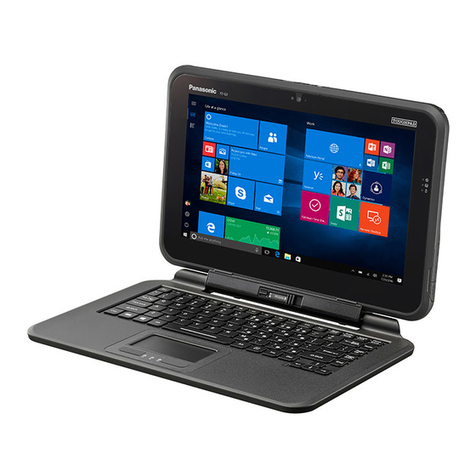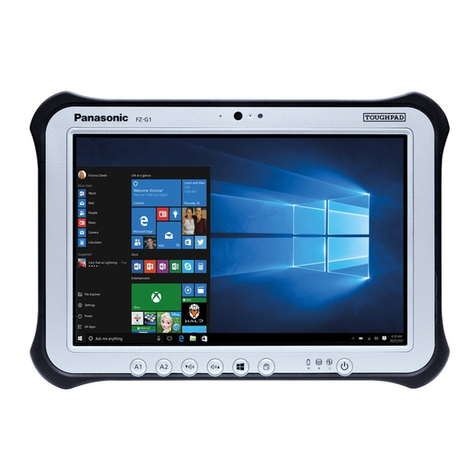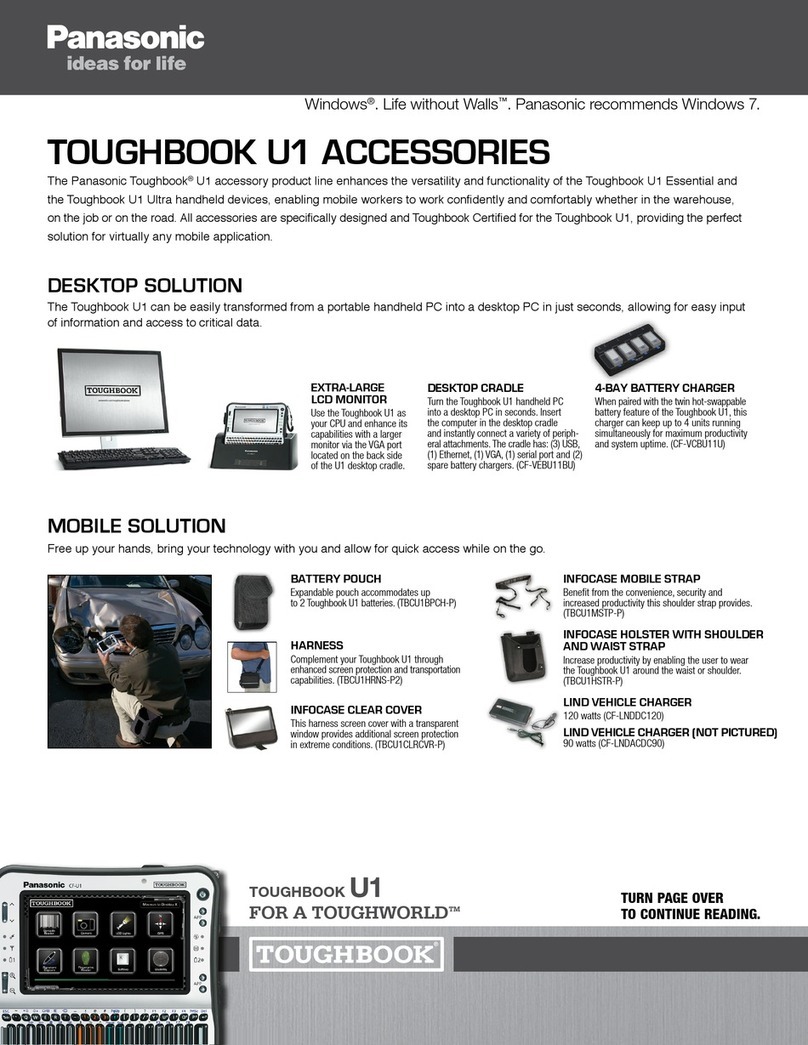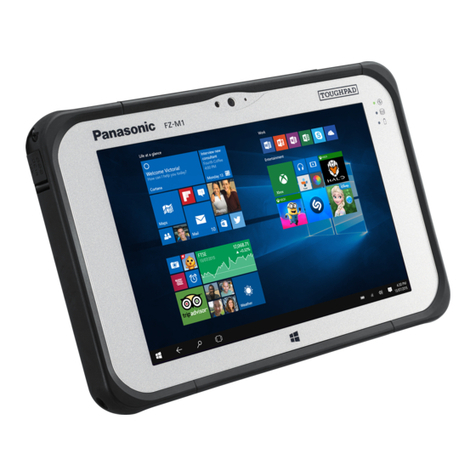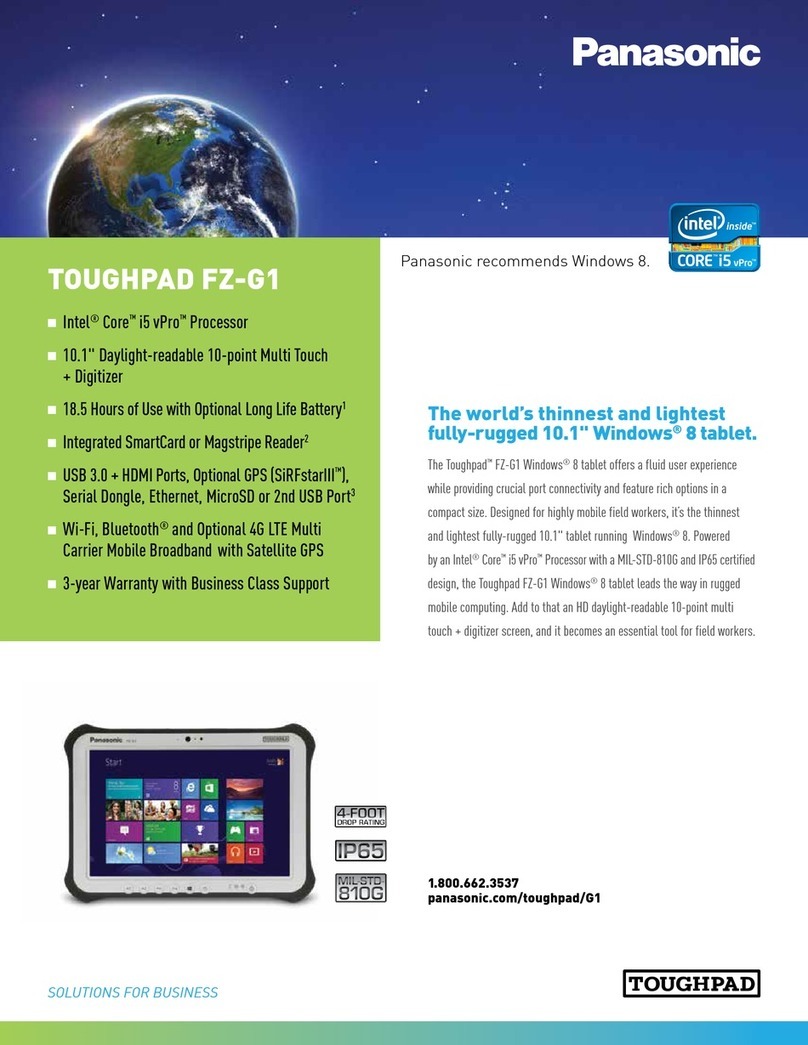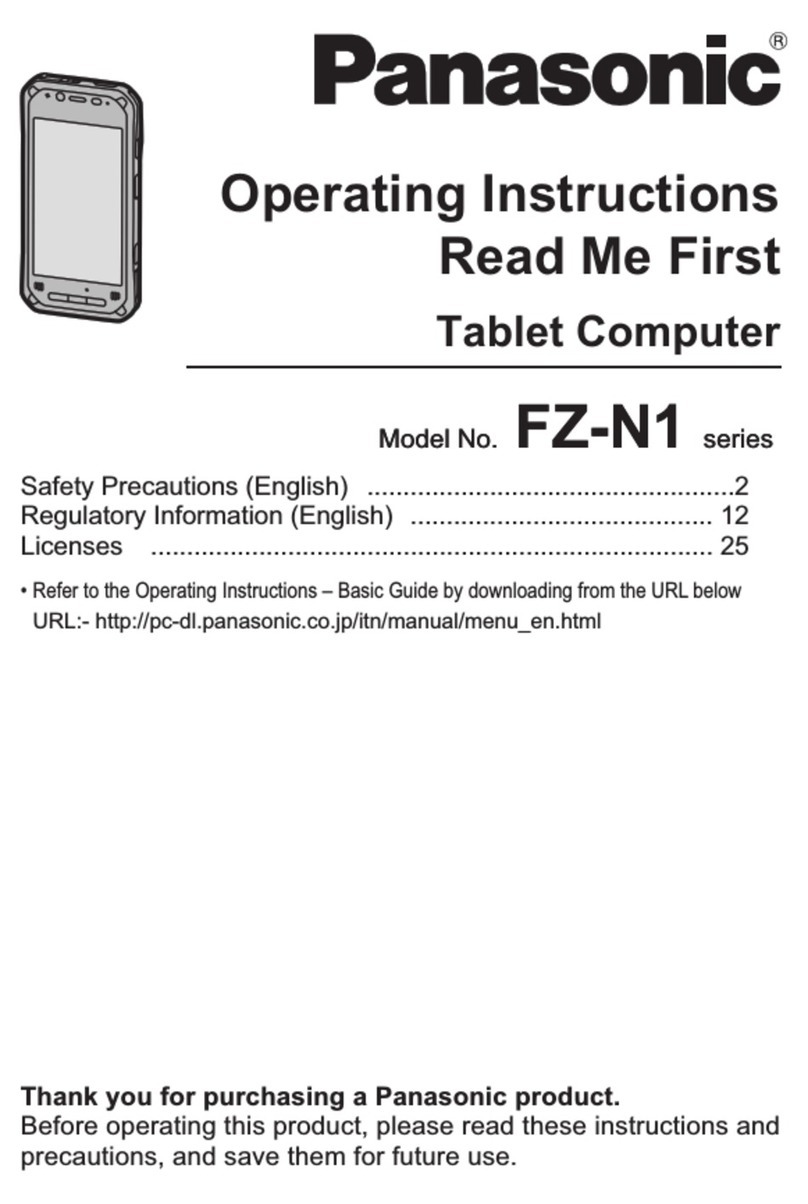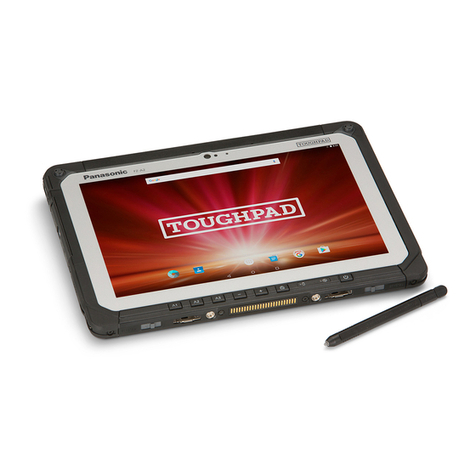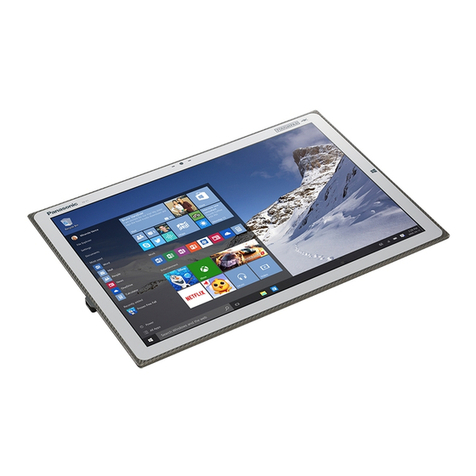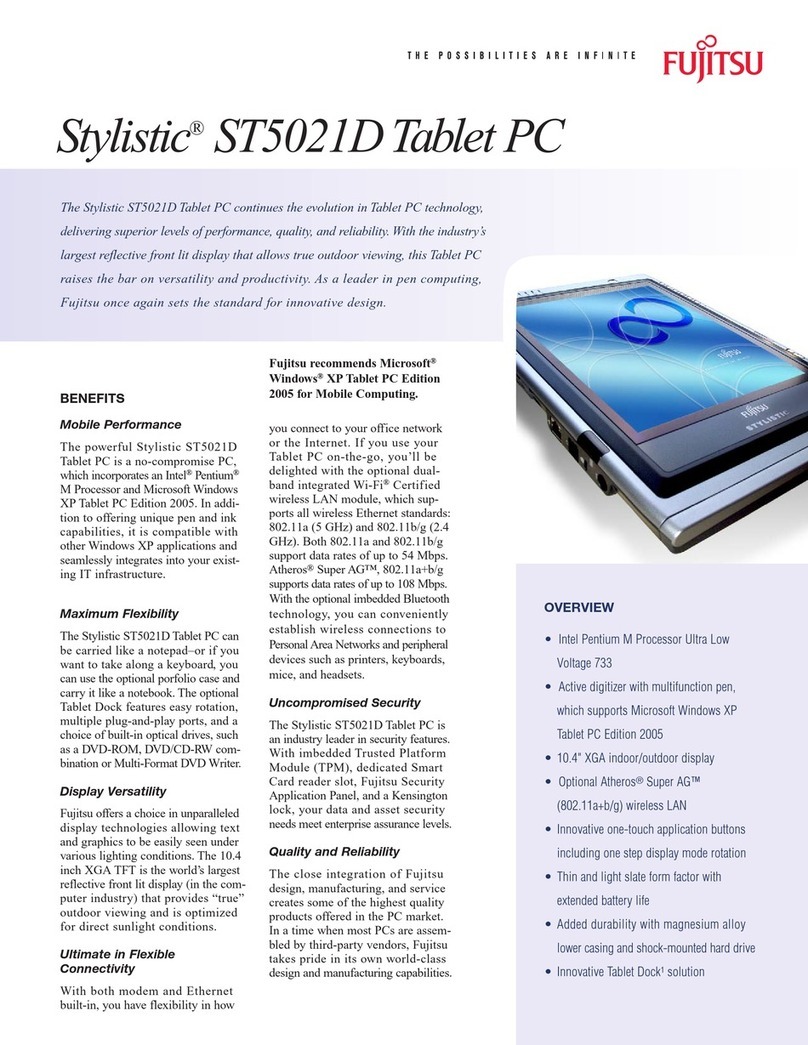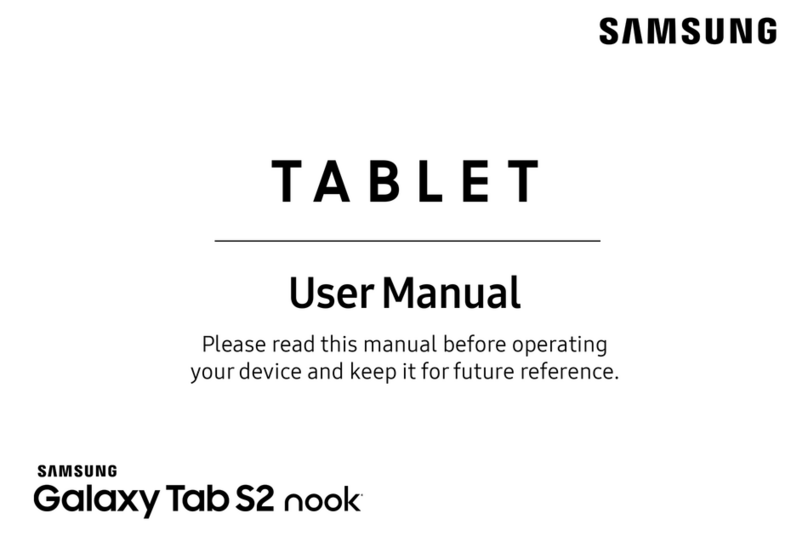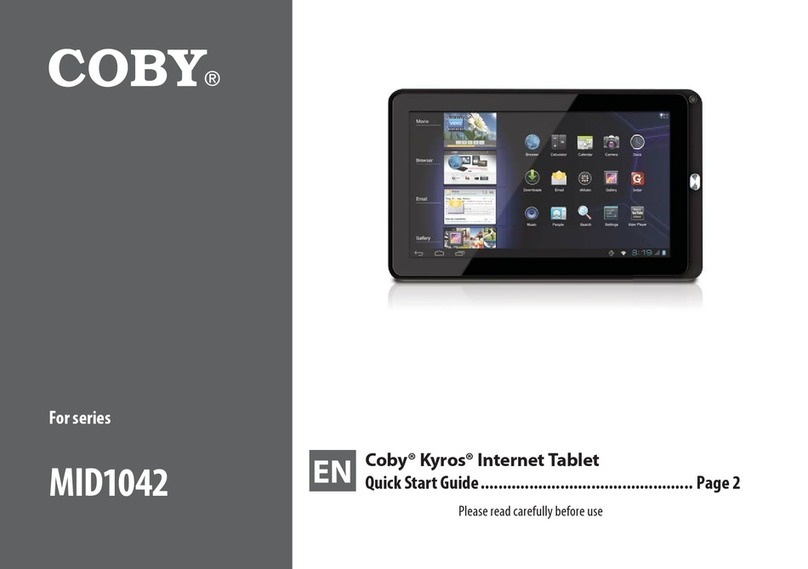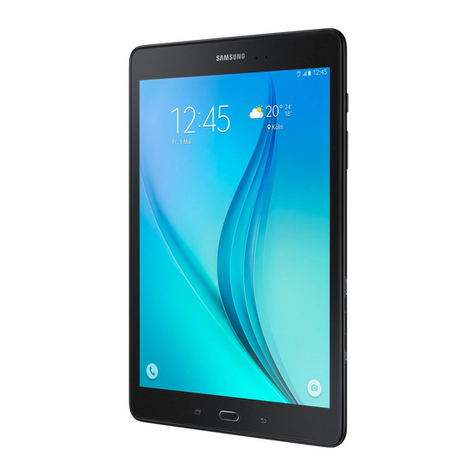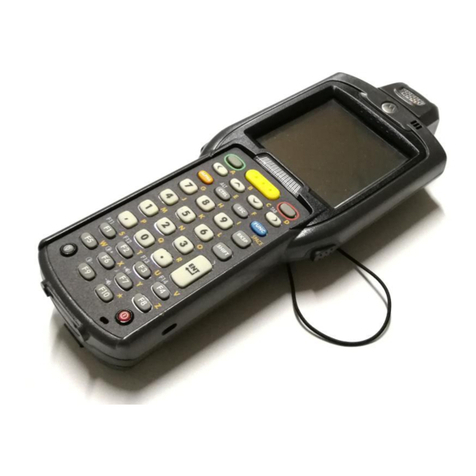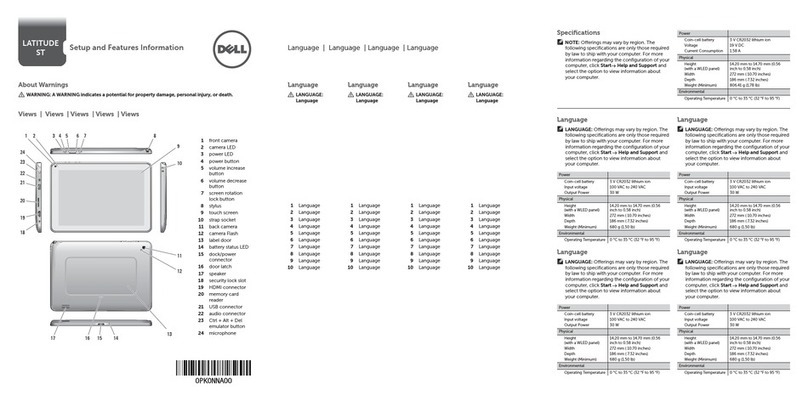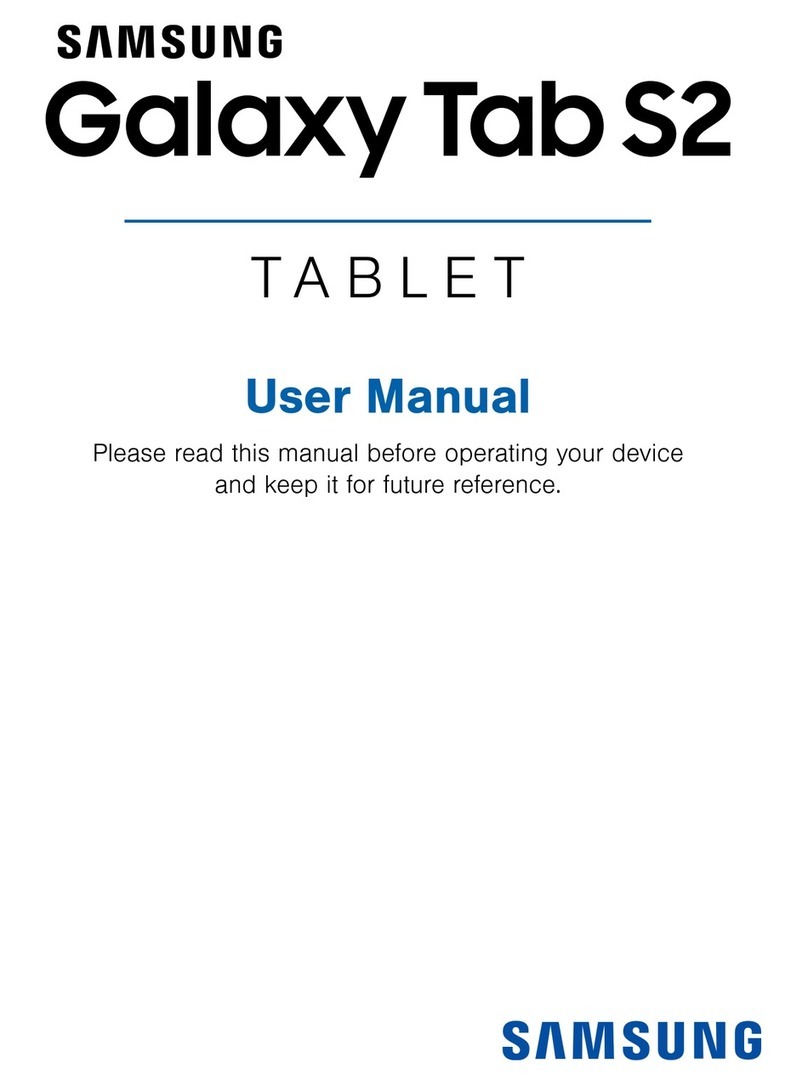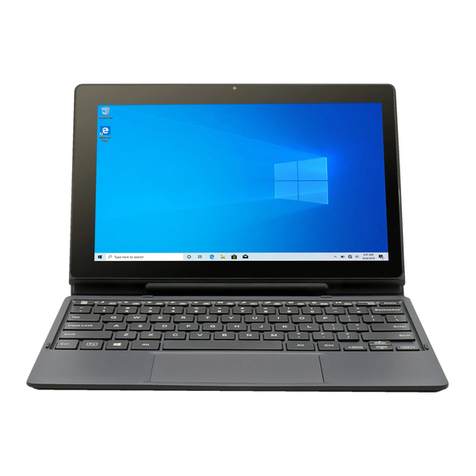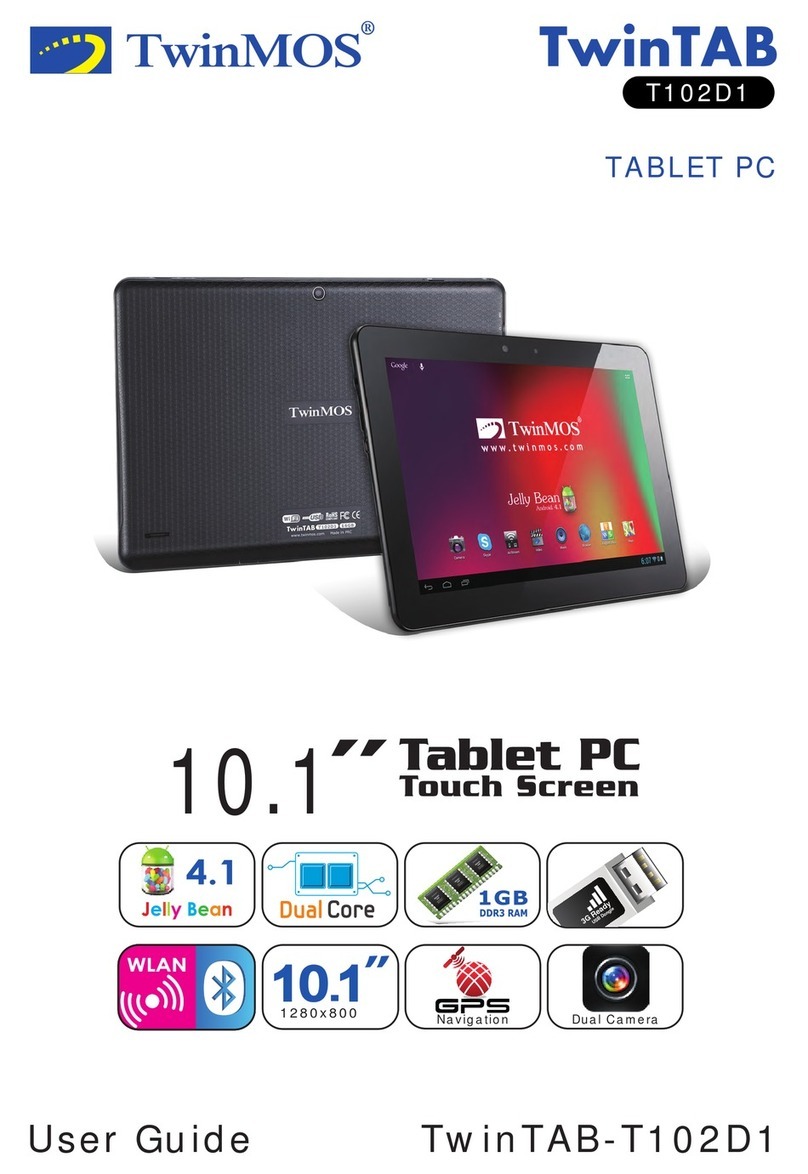8
Regulatory Information
computer with wireless WAN modem
in an area over an air bag or in the
vicinity where an air bag may deploy. Air
bags inflate with great force and if the
computer with wireless WAN modem is
placed in the air bag deployment area
may be propelled with great force and
cause serious injury to occupants of the
vehicle.
IMPORTANT!
Computer incorporating wireless WAN
modem operate using radio signals
and cellular networks cannot be
guaranteed to connect in all conditions.
Therefore, you should never rely
solely upon any wireless device for
essential communications, for example
emergency calls. Remember, in order
to make or receive calls, Computer
incorporating wireless WAN modem
must be switched on and in a coverage
area with adequate cellular signal
strength. Some networks do not allow
for emergency calls if certain network
services or phone features are in
use (e.g. lock functions, fixed dialing
etc.). You may need to deactivate
those features before you can make
an emergency call. Some networks
require that a valid SIM card be properly
inserted in Computer incorporating
wireless WAN modem.
For U.S.A.
Federal Communications Commission Radio
Frequency Interference Statement
Note: This equipment has been tested and found
to comply with the limits for a Class B digital
device, pursuant to Part 15 of the FCC Rules.
These limits are designed to provide reasonable
protection against harmful interference in a
residential installation. This equipment generates,
uses and can radiate radio frequency energy
and, if not installed and used in accordance with
the instructions, may cause harmful interference
to radio communications. However, there is no
guarantee that interference will not occur in a
particular installation. If this equipment does
cause harmful interference to radio or television
reception, which can be determined by turning the
equipment off and on, the user is encouraged to
try to correct the interference by one or more of the
following measures:
zReorient or relocate the receiving antenna.
zIncrease the separation between the equipment
and receiver.
zConnect the equipment into an outlet on a
circuit different from that to which the receiver is
connected.
zConsult the Panasonic Service Center or an
experienced radio/TV technician for help.
Warning
To assure continued compliance, use only shielded
interface cables when connecting to a computer
or peripheral. Also, any changes or modifications
not expressly approved by the party responsible
for compliance could void the user’s authority to
operate this equipment.
This device complies with Part 15 of the FCC
Rules.
Operation is subject to the following two conditions:
(1) This device may not cause harmful
interference, and
(2) This device must accept any interference
received, including interference that may cause
undesired operation.
FCC RF Exposure Warning:
zThis device meets the government’s
requirements for exposure to radio waves.
This device is designed and manufactured not
to exceed the emission limits for exposure to
radio frequency (RF) energy set by the Federal
Communications Commission of the U.S.
Government.
zThis equipment has been approved for portable
operation, and does not require any minimum
spacing be provided between antennas and all
person’s body. This equipment may not be co-
located or operated with any other antenna or
transmitter
zThe exposure standard for wireless device
employs a unit of measurement known as the
Specific Absorption Rate, or SAR. The SAR limit
set by the FCC is 1.6W/kg.
* Tests for SAR are conducted using standard
operating positions accepted by the FCC
with the device transmitting at its highest
certified power level in all tested frequency
bands. Although the SAR is determined at the
highest certified power level, the actual SAR
level of the device while operating can be well
below the maximum value. This is because
the device is designed to operate at multiple
power levels so as to use only the poser
required to reach the network. In general,
the closer you are to a wireless base station
antenna, the lower the power output.
